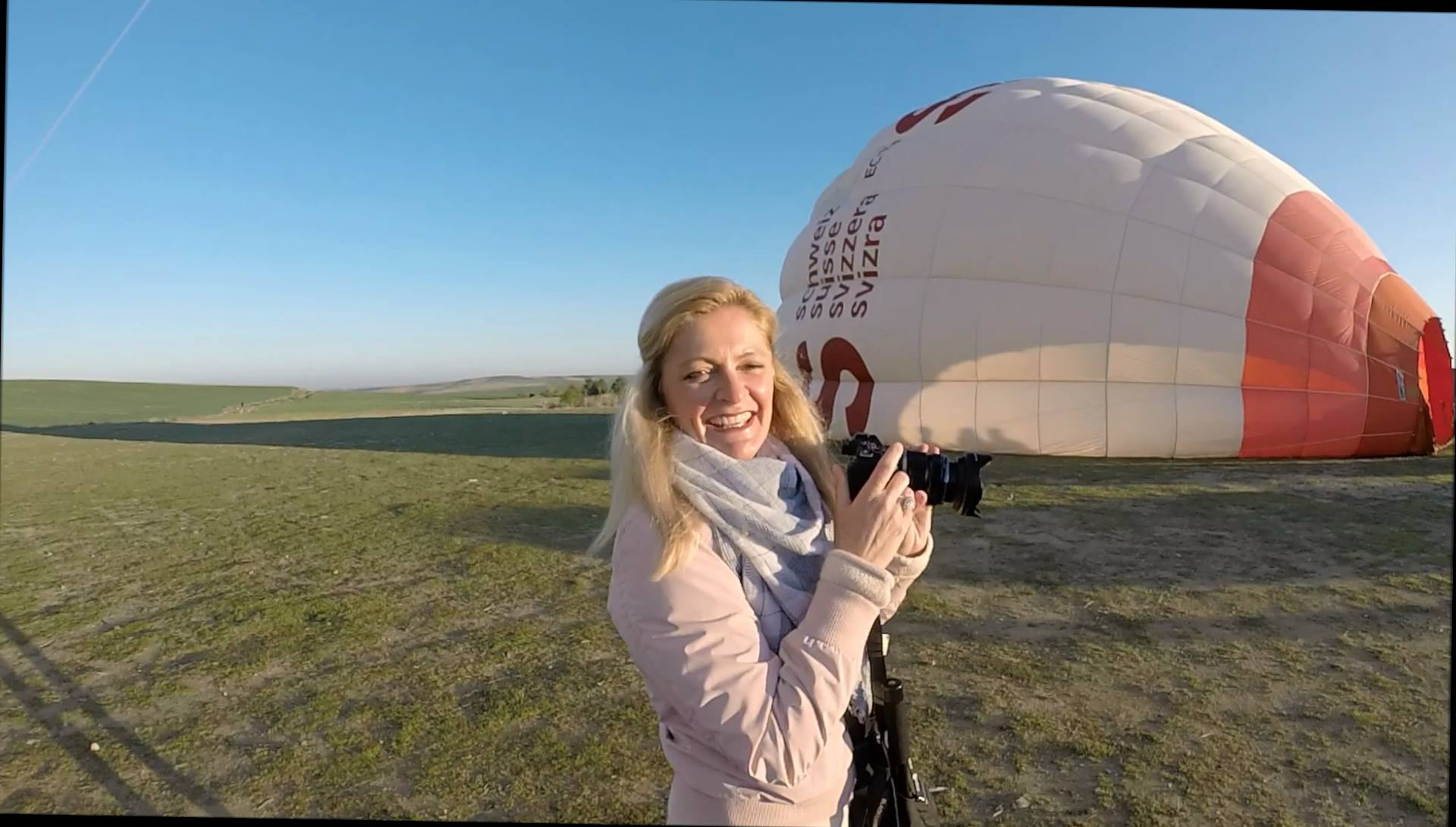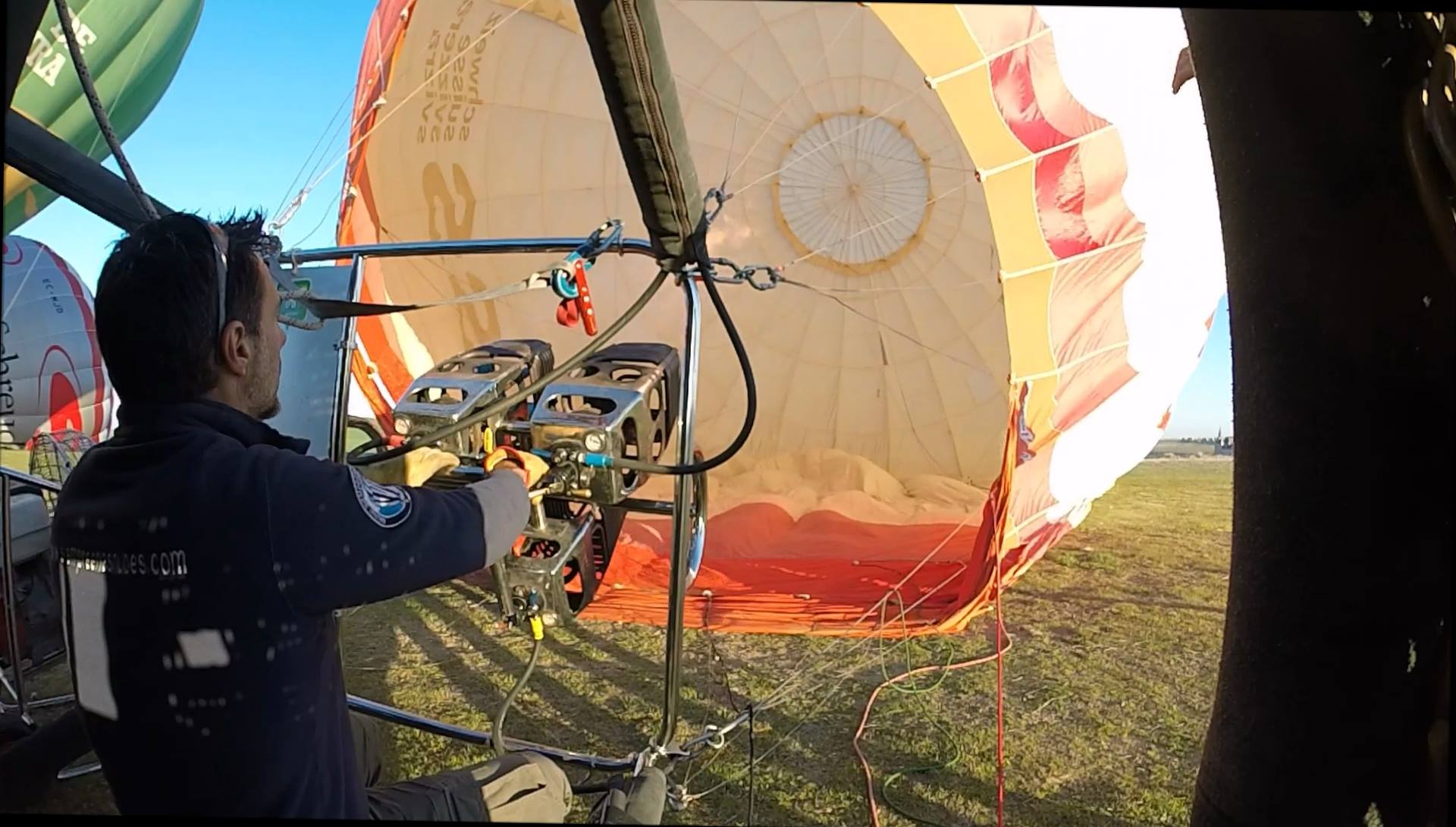From Segovia, With Love
/The view of Segovia from my hotel, the Parador de Segovia
I am madly in love with Italy, but this spring I am having an affair with Spain. Lovely, colorful, historic, fascinating, laid back Spain. After roadtripping through amazing Andalusia, I didn't think it was possible to grow more infatuated with this country, but then I visited Segovia!
Ever since I stopped working, my travel mantra has been to travel deeper. Jumping from place to place holds no appeal to me; it simply leaves me exhausted. With that in mind, I scheduled 3 full days (4 nights) in Segovia and think that was the perfect amount of time - allowing me to relax, rejuvenate and explore.
Segovia, Spain
Less than 1 1/2 hours from Madrid, many people head to Segovia on a day trip, spending a few hours running from site to site. To me, that's an awful shame. There are so many delights in Segovia that can only really be experienced if you spend a good amount of time walking the streets, sitting in cafes, and slowly exploring life outside (and above) the walls that surround this town.
Segovia, Spain
In three days I was able to see the sites, enjoy leisurely meals and glasses of wine in the afternoon sun, spend time writing and reading, and even had the opportunity to float above the city in a hot air balloon! In other words, I was able to slow life down. Although I advocate spending as much time in Segovia as possible, it's not a large town. If you only have 2 days to visit, you can still see the sites and not feel rushed.
Segovia, Spain
Segovia is another one of those towns in Spain that almost doesn’t seem real, it’s darn near perfect. Perched on a rocky hilltop, this historic walled town boasts magnificent monuments, all with a backdrop of snow-capped mountains. It's location, rising high above two rivers, makes it another example of an extremely well-planned city, designed to withstand enemy advances.
Snow caps and ceramic roofs, a winning combination in my book
MY MAIN REASONS FOR LOVING SEGOVIA
Ancient Roman Aqueduct
The Roman Aqueduct defines Segovia and provides a dramatic entry into the city. I stood in front of this structure for a very long time, trying (rather unsuccessfully) to comprehend what I was seeing. Probably built around 50 AD (they don't know for sure), the aqueduct once carried water from the river 17km away into the city -- and actually provided water to Segovia until the mid 19th century.
The Roman Aqueduct of Segovia
At its tallest, the aqueduct reaches a height of over 93 ft, including nearly 20 feet of foundation. Constructed using granite stone from the nearby mountains and built with NO MORTAR, it seems to defy gravity!
The Roman Aqueduct of Segovia
The design and function of this aqueduct is a true testament to the brilliance of Roman engineering. A UNESCO World Heritage Site, this monumental structure has literally stood the test of time. What an amazing thing to see in person!
The Roman Aqueduct of Segovia
Shadows from the amazing Roman Aqueduct of Segovia
Alcázar
The Alcázar of Segovia (literally, "Segovia Fortress") is the impossibly perfect, real life castle at the end of town. A UNESCO World Heritage Site, this alcázar is one of the most distinctive castle-palaces in Spain by virtue of its shape – like the bow of a ship. It's said to have been one of the inspirations when Walt Disney created the Cinderella Castle, and I can totally see why.
The Alcázar of Segovia
Geographically speaking, the castle is perfectly situated: three sides of the alcazar sit on the end of a high cliff, making it pretty darn difficult for enemies to advance. The one side that faces the town in incredibly impressive - and I am guessing also intimidating to enemies. Any army trying to control the castle would have to capture the entire city first, before reaching the castle at the end. Ingenious!
The Alcázar of Segovia and views of the city walls
The Alcázar was originally built as a fortress but has served as a royal palace, a state prison, a Royal Artillery College and a military academy since then. Today it is used as a museum and a military archives building, which hold no interest for me, so I didn't go inside -- I was content enough to sit outside and ponder it's history.
Catedral de Segovia
The main church in Segovia sits at the highest point of the old town, and is extremely impressive from the outside. Construction of the church started in 1525 and the building was consecrated in 1768 - so some 243 years later! The inside of the church is a lot less elaborate than many other churches I have seen, but the vaulted ceiling and understated chapels provided a very serene setting to wander and gaze.
Catedral de Segovia
I arrived in time to take a guided tour of the bell tower. Unfortunately the tour was only offered in Spanish, but it was still a great opportunity to climb to the top for some outstanding views of the city streets below.
Views from the top of the bell tower
The cathedral is in the Plaza Mayor, the main square in the center of the Old Town. As is typical, this plaza is surrounded by sidewalk cafés, bakeries and shops. It's a constant hub of activity and a nice place to stop, have a café con leche, or read the paper -- all with the soaring cathedral as your backdrop.
Plaza Mayor, Segovia
La Muralla (Ramparts)
I was meandering the streets of the Juderia (Jewish quarter) one sunny afternoon when I stumbled upon a footpath that led outside the city walls. What a pleasant surprise! Along this path I was able to walk on the outside of the historical walls all the way to the Alcázar fortress. It was wonderful to be alone and away from the hustle and bustle of the "main street" (while pedestrian only, it is full of people, shops and restaurants).
Views of the Alcazar from outside the city walls
The city walls, despite dating back to the 11th century, are quite well preserved. As I walked along the outside of the walls, I couldn't help but contemplate what it must have been like to be around during their construction...workers laying brick after brick on the side of a cliff, all in an effort to fortify their city and defend it from enemies. While it's easy to overlook the city walls due to the prominence of the aqueduct, I recommend seeking out this footpath in order to get a full appreciation of the magnitude and scale of the walls.
Walking along the ramparts of Segovia
Hot Air Ballooning Over the City
Worth the splurge, this was a highlight of my time in Segovia. I had learned about this opportunity from an American I had met in Valencia, and when she told me about it I knew I had to investigate.
A picturesque place to fill up the hot air balloon!
I've done a half-dozen hot air balloon rides in my life, but never over a city (actually, I don't think it's very common). Wow - what an experience!!! The perspective of Segovia from directly overhead was so cool.
Up, up and away
I booked the trip online through Viator; the actual trip was with Siempre en las Nubes and was awesome. Jose our pilot was great and everything was well organized from start to finish. The flight itself lasted an hour, which was plenty of time. Although we were at the whim of the wind of course, we were able to fly directly over the city several times, making for some unbelievable photos (despite the slight haze we had that morning).
A view of the Catedral from the hot air balloon
Everyone helped pack up the balloon when the flight ended: it's amazing that all of the equipment could fit neatly into the back of a flatbed truck. The champagne and little spread of food afterward were nice touches, along with the certificates they passed out. As a follow-up, they sent some fun photos that they took during our time together. This is one splurge that I highly recommend!
The Food
No trip of mine would be complete without investigating the local culinary specialties. When it comes to Segovia, that means roasted suckling pig (and to a lesser degree roasted lamb.) Known as Cochinillo Asado, this gastronomic delight must adhere to strict criteria in order to be considered "authentic": the pigs are not heavier than 4-5 kilograms, milk-fed only, not older than three weeks, and from a special breed. The chef prepares the pig in a particular oven to ensure that the skin is super crispy while the meat stays extra tender.
(I happened to look out a cafe window and saw these guys unloading the little piggies. Sorry for the grainy image, but I thought it was too funny!)
Almost every restaurant in Segovia offers Cochinillo, so choose wisely. I did my online research beforehand (mainly using Trip Advisor) and tried the dish in two different restaurants in Segovia (see specifics further down in this post). I enjoyed the dish very much and would recommend giving it a try if you are ever in Segovia.
The sweet specialty in Segovia is a dessert called Ponche Segoviano. Basically, it is a sponge cake made in several layers, with an egg yolk cream between the layers, all covered with a thick layer of marzipan. Ponche isn't as sweet as that description makes it sound: actually it was quite light and lovely. I found this recipe online, and while I'm not sure how authentic, I may have to try to make it when I get home.
Ponche Segoviano
SEGOVIA: THE DETAILS
ACCOMMODATIONS:
I stayed for 4 nights at the Parador de Segovia. The Parador is part of a large group of hotels across Spain. The location in Segovia is not ideal if you do not have a car, as it is fairly far outside of the city -- but it does have amazing views. It's a big hotel, my room was nice with a balcony and a view (I think all the rooms have the same views) and I got a good room rate (average of €97.50), so I decided that it was worth staying in a chain hotel for a change. Parking was ample and free, and it was an easy drive down to the town. I walked down and back one day (I needed to work off that suckliing pig somehow!), and it took about 45 minutes each way. I am sure you could get a taxi easily.
FOOD
As I mentioned above, when in Segovia it's basically mandatory that you try the suckling pig (unless you are vegetarian, of course :-). I had the Cochinillo Asado at both Asador Maribel and Lali, and the pig was far superior at Asador Maribel. (I was hoping to get into Restaurante Jose Maria, but they were all full, which is how I ended up at Lali acriss the street).
It's worth seeking out Asador Maribel: it is located outside the city walls and past the aqueduct (go beyond the Burger King and McDonald's, on the street to the right). The staff was great, and gave me extra wine for free, plus complimentary after dinner liquor. The set price Menu Segoviano, at €28.50, was totally worth it; I was very full afterward and I didn't even finish the whole meal! The pig was way better than I had expected. I highly recommend going there.


























